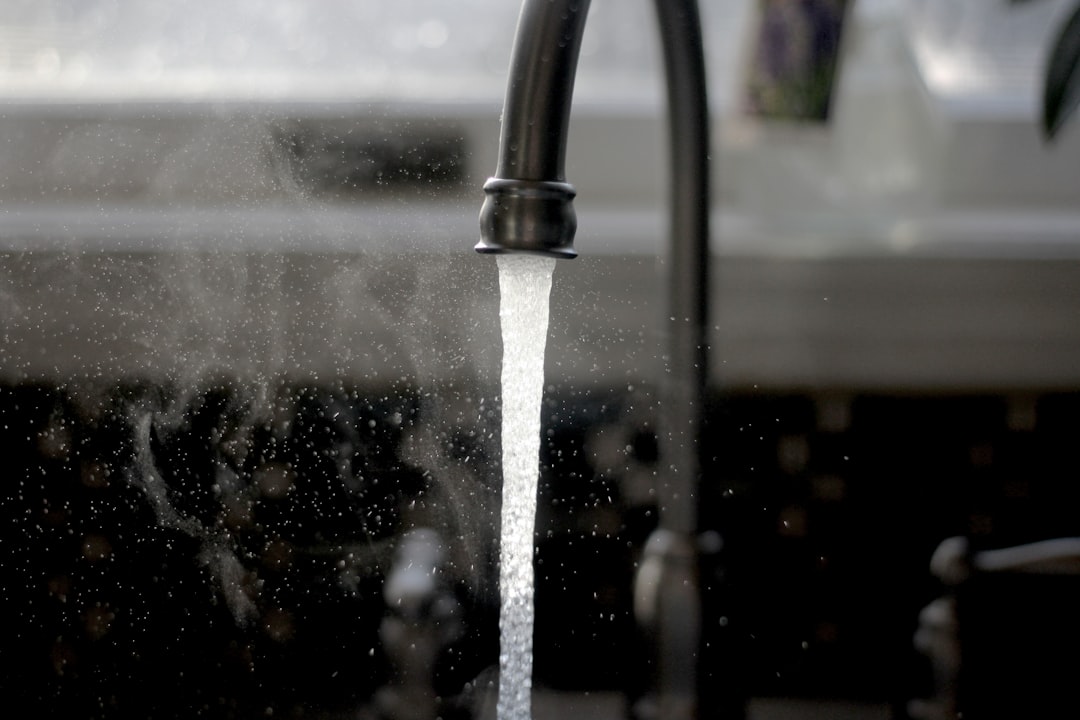Lead Astray?
Can The EPA Make Good On Its Promise To Finally Remove Lead From Our Drinking Water?
Late last month, the U.S. EPA made a big announcement on lead pipes.
On November 30, the agency revealed a proposal to strengthen its Lead and Copper Rule, requiring water systems across the country to replace lead service lines within 10 years. Additionally, the EPA is proposing lowering the lead action level from the current 15 parts per billion to 10 parts per billion and improving sampling protocols utilized by water systems.
These actions signify big steps toward the Biden administration’s commitment to remove every lead service line in America to protect children and vulnerable populations from the negative impacts of lead in drinking water, which were first proposed in 2021 as part of the admin’s Lead Pipe and Paint Action Plan.
Yes, lead is still a major problem in this country. Up to 10 million American households and 400,000 schools and child care centers are served by a lead service line or pipes and other fixtures.
“Cities like Newark, NJ, Benton Harbor, MI, and Green Bay, WI have all successfully gotten the lead out of their water systems,” said EPA Assistant Administrator for Water Radhika Fox in a statement. “Our proposed rule applies the lessons learned to scale these successes to every corner of the country.”
While this new proposal look good on paper, there are big hurdles ahead.
First, we still need to find all the lead pipes. The location of many lead pipes remains a mystery in many communities.
Next, there’s the effort to replace them, which requires technical skill and labor. It’s also a dangerous job. Workers who replace lead water service lines can be exposed to lead pipes and lead-contaminated soil while removing the old lines and replacing them with lead-free lines.
Then, there’s the cost. EPA estimates put the price at $20 billion to $30 billion for the 10-year period.
“Cost will also be a significant challenge in replacing all lead service lines, especially when considered alongside competing priorities such as PFAS removal, cybersecurity upgrades, and other critical infrastructure investments,” according to a statement from the American Water Works Association (AWWA).
The association estimates the average cost to replace a single lead service line is more than $10,000. The EPA estimates there are 9.2 million lead lines connecting drinking water to homes nationwide. That means the total cost could easily exceed $90 billion.
“Even with the unprecedented $15 billion injection for lead service line replacement from the federal Bipartisan Infrastructure Act, water bills will rise to pay for this initiative,” the AWWA statement continues. “Recognizing that many households already struggle to pay their water bills, we look forward to working with EPA and other partners to lessen the cost burden in disadvantaged communities.”
The proposed rule would put the burden on water utilities—and let’s be honest, their ratepayers—to absorb that cost.
Some states are less prepared for lead removal projects because, in many cases, they don’t know where the lead pipes are located.
States like Washington, Oregon, Maine, and Alaska have already declined all or most of the federal funds available to them, according to reporting by the Associated Press. Plus, communities are hesitant to take out loans to search for their lead pipes. More federal grants are needed to get the job done.
Another issue is replacing the smaller portion of lead lines that are on private property. This issue has plagued places like Flint, Michigan, where lead service lines were replaced up to the property line, but then many residents lacked the means to replace the pipes on their property and in their homes.
While we are long overdue to fix this issue, we must be honest and stay committed to the cause, despite the obstacles.
Next Steps
Once the proposed rule is published in the Federal Register, EPA will accept comments for 60 days, and could make adjustments befor finalizing it sometime next year.
The agency will also hold a virtual public hearing on January 16, 2024, at which time the public is invited to provide EPA with verbal comments. For more information, visit the proposed rule webpage.
What are the health effects of lead in our water?
There is no safe level of lead in drinking water. Exposure to lead in drinking water can cause serious health effects in all age groups, especially pregnant people, infants, and young children.
Some of the health effects to infants and children include decreases in IQ and attention span. Lead exposure can also result in new or worsened learning and behavior problems. The children of persons who are exposed to lead before or during pregnancy may be at increased risk of these harmful health effects.
Adults have increased risks of heart disease, high blood pressure, kidney, or nervous system problems.



